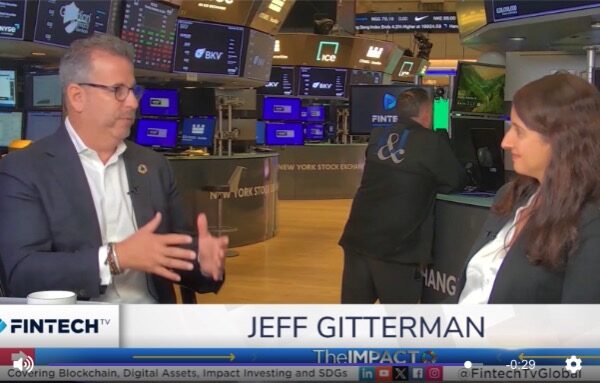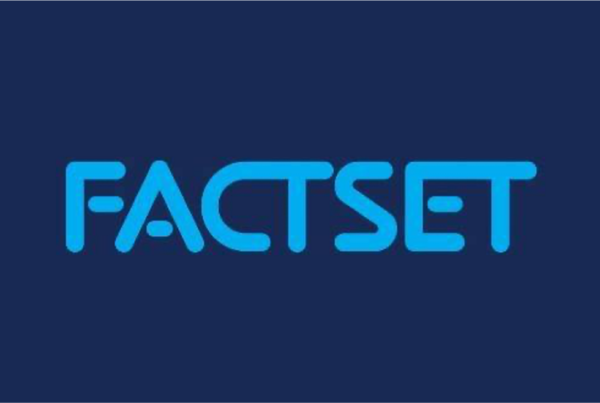By Nana Yaa Asante-Darko | Originally Published on FactSet, June 2, 2022
How pervasive is climate risk? Consider this: it will increasingly intrude on all human systems and activity. As our understanding of climate risk grows, it’s vital to explore the nuances of how it manifests in different market conditions, geographies, economies, and asset classes.
Entelligent’s primary role in the investment marketplace has been to provide tools and methodologies to assess and manage climate risks. Our research has uncovered important considerations particular to the various asset classes. We explore the considerations for equities in this article.
Investor Focus on Equities
Participation in the equities market is one of the most potent forms of economic participation outside of workplace labor. For the last 20+ years, more than 50% of adult Americans have owned equities. With a global market capitalization valued at $117 trillion, asset class performance of equities tends to communicate the pulse of an economy; individual price movements are assumed to reflect an interpretation of idiosyncratic company factors.
It should come as no surprise then that the systematic nature of climate risks would significantly impact the overall market. As more participants in the investment markets become aware of climate risks, the unique interactions with publicly traded companies will increasingly become a vital part of decisions about those stocks.
Insight/2022/06.2022/06.02.2022_Entelligent_Climate_Risks_Equities/proportion-adults-investing-money-in-stock-market-us.png?width=1321&name=proportion-adults-investing-money-in-stock-market-us.png)
In probing the interactions of climate risks and equities, for both individual stocks and the equities market as a whole, it helps to think about these three elements: fundamentals, quantitative, and qualitative (nonfinancial).
Qualitative
Businesses do not operate in a vacuum, but rather in a cocktail of conditions generated by the factors below. The circular interaction of a listed company with these factors determines which laws apply, which resources are available and approved for use, consumer behavior toward a company’s processes and products, labor availability, as well as other considerations.
The perspective of physical and transition risks must be considered, as well as the other associated climate risks regarding:
- Sociocultural environment
- Political and regulatory environment
- Technological environment
- Economic environment
- Competitive environment
The systematic nature of climate risks implies an element that is manifested in these factors. For instance, climate risk disclosure rules and energy transition policies would impact business processes and trickle down into the equity prices of companies in the energy industry. The development of a carbon market introduces new intrigue to the economic environment and any interest, for instance, in the automobile market would be balanced with a recognition of that carbon market.
Fundamentals
Company fundamentals typically revolve around items in financial statements and their derivatives. It is not always clear how climate risks impact equities from this perspective because of the question of materiality. However, rather than underestimating the impact of climate risk through the five business environment factors above, it is prudent to expect a significant impact on a company’s fundamentals.
A typical item used in calculating one of the profitability indicators like the return on equity (ROE) is assets. Conversations that involve climate risks regarding assets would mean that an assessment of capital assets and their exposure to climate hazards is warranted. The degree of materiality attributed to this line item is dependent, to a large extent, on the company’s interactions with the elements of its business environment.
Capital assets, by default, undergo write-offs traditionally because of depreciation or obsolescence. The rates of these write-offs are often dictated by one accounting standard or another, based on jurisdiction. However, write-offs from stranding—unanticipated or premature asset devaluations or write-downs, or conversion into liabilities—have risen astronomically in the last few years. This trend is expected to expand in scenarios where the energy transition accelerates and carbon policies and regulations tighten.
Quantitative
This involves the use of various statistical and mathematical methodologies with the aim of identifying, assessing, and managing risks, trends, and opportunities in the financial markets.
In the case of climate risk considerations for equities, numerous scores and methodologies have been developed in the last few years with the aim of providing risk insights. However, many of these tools and methods fall short of deep applicability because they exclude a crucial component in climate risk assessments, a.k.a., scenario analysis.
It is a distinct advantage when considering climate risk tools and methodologies to look to those that incorporate the scientific basis of climate change projections and scenario analysis. These tools locate climate risks within environments likely to exist in various climate futures. Scenario analysis-based methodologies create critical support and provide a solid climate framework for a more holistic assessment of climate risk in equities.
However, quantitative tools and methodologies chosen must have a solid basis and be relevant to equities decision making. Additionally, they must employ sophisticated processes that allow for 10 or more years of historical testing capacity, frequent updates with the most recent data, and the latest in terms of machine learning to ensure a reduction of human bias as much as possible. Also, any quantitative tools chosen must result in data that is directly relevant to the aspects of equities decision making that count most, namely returns.
Insight/2022/06.2022/06.02.2022_Entelligent_Climate_Risks_Equities/quantitative-methodology-landscape-example.png?width=1264&name=quantitative-methodology-landscape-example.png)
Conclusion
The importance of understanding climate risks in equity markets cannot be overstated. Here we explore how investors should approach these risks using company fundamentals, as well as quantitative and qualitative (nonfinancial) factors.





